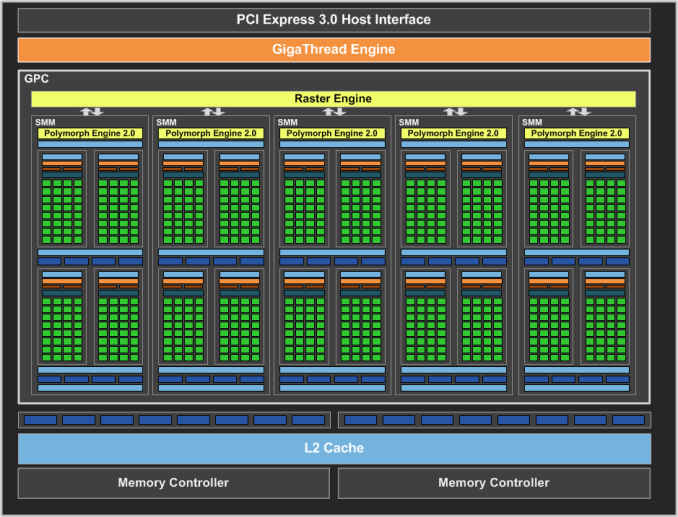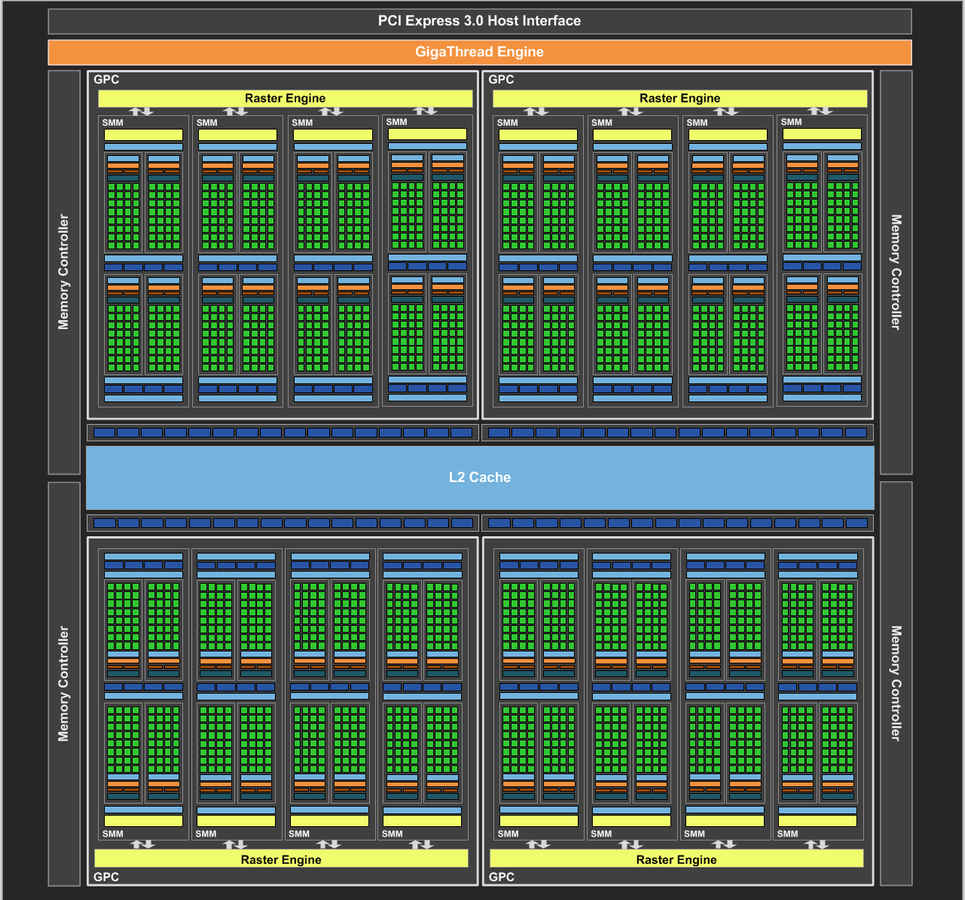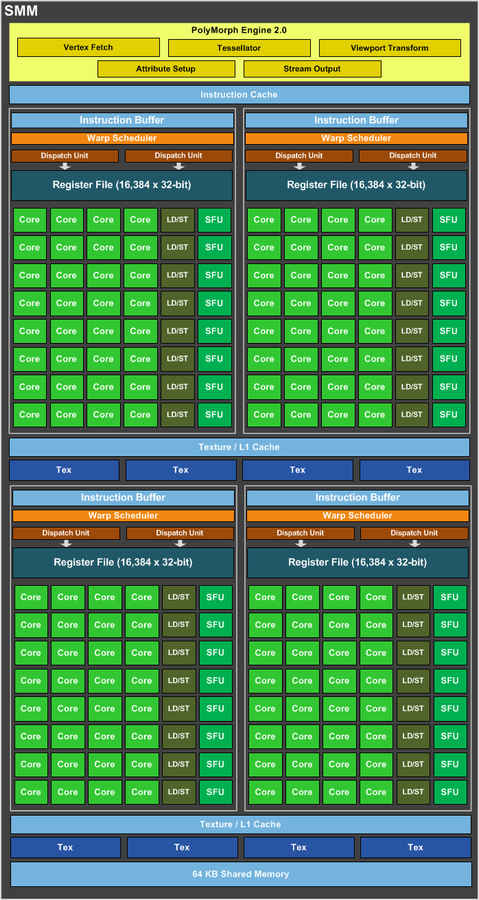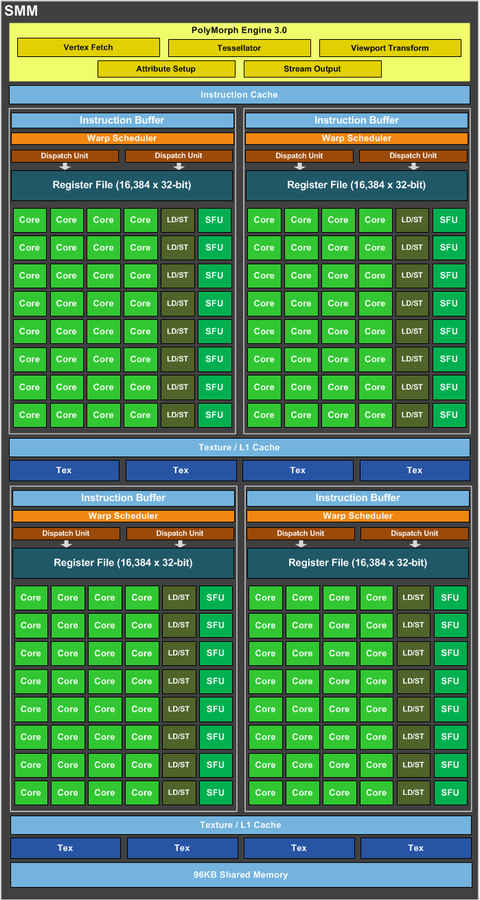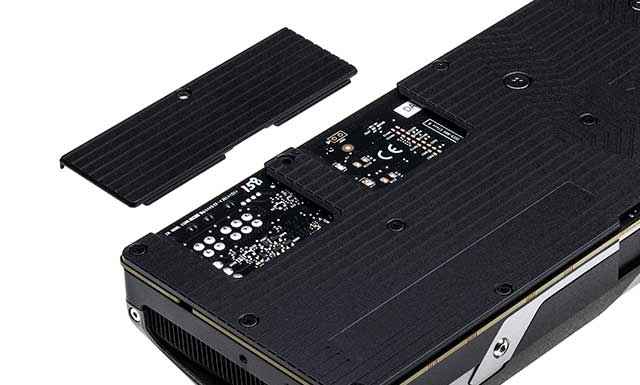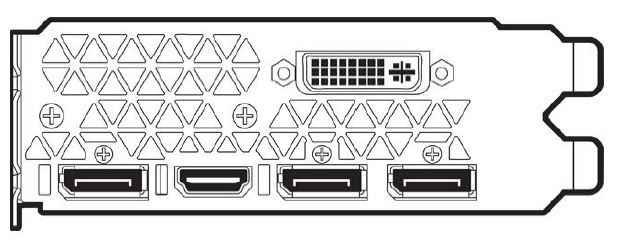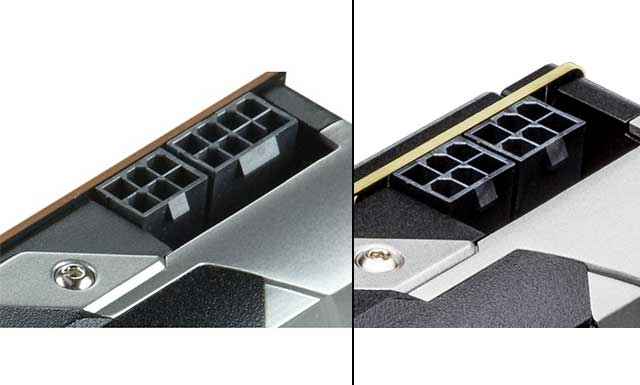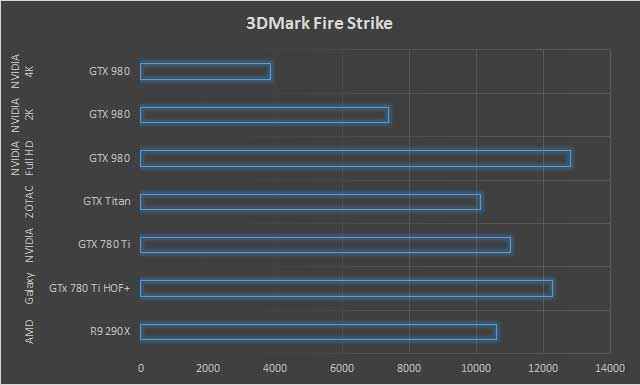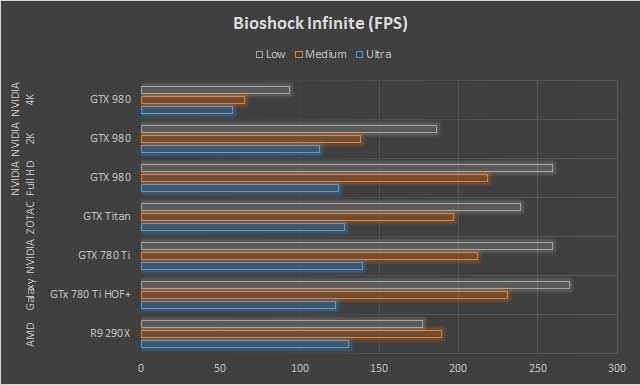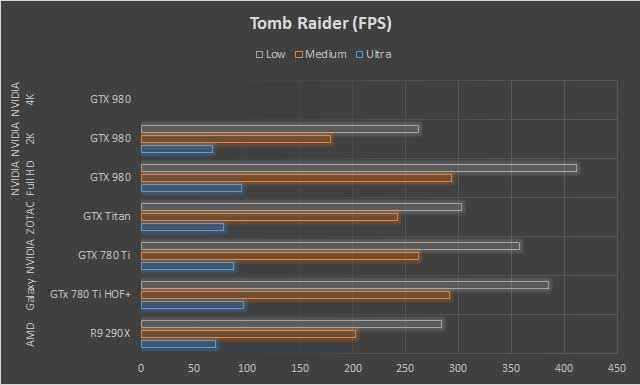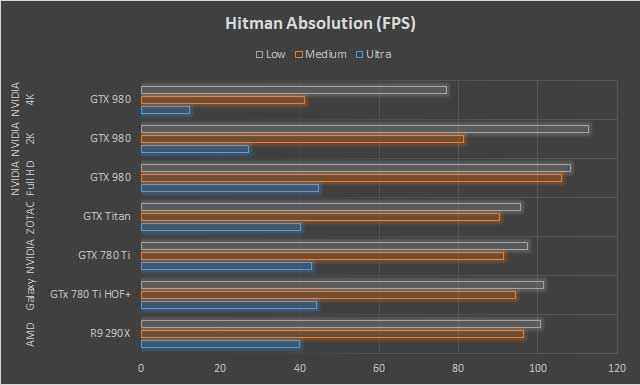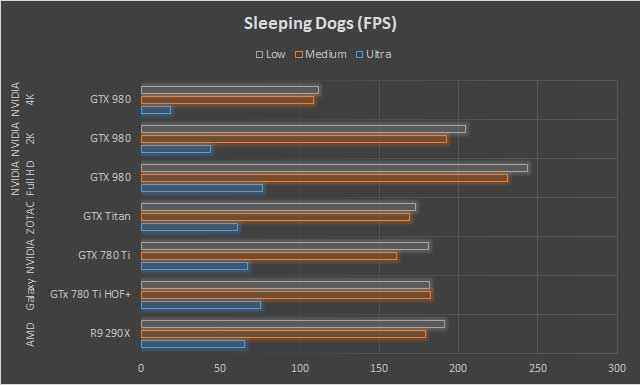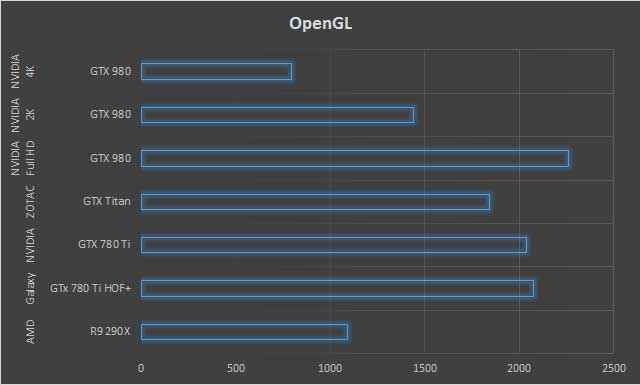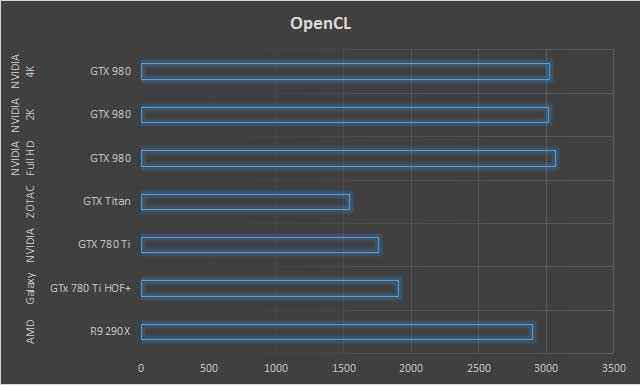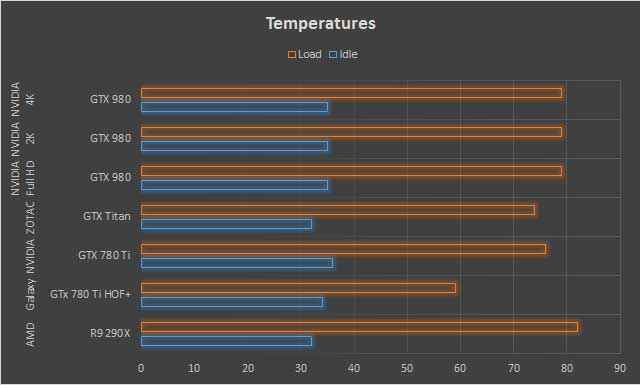NVIDIA GeForce GTX 980 Review : The fully fledged Maxwell GPU packs a wallop
The GeForce GTX 980 seems to perform better than every other card that we’ve tested so far on medium settings. On Ultra, it performs at the same level that factory overclocked editions of the GTX 780 Ti does. Computational benchmarks puts the Maxwell architecture in league with the AMD GPUs who’d ruled this arena for quite a few generations. So overall, this card scores better than every other card that has graced the test center with its presence.
Maxwell, does indeed deliver given that it uses less CUDA cores than Kepler to produce the same if not better results. At the end of the day, Maxwell uses lesser amount of transistors, occupies lesser area, consumer lesser wattage to produce better results overall in gaming as well as computational benchmarks.
However, a launch price of Rs.46,000 is indeed surprising and we hear that price cuts will be announced across the entire range within this week. This will make this card a really sweet deal to let pass by. NVIDIA aims to target majority of users who’re yet to buy a 700 series GPU. A recent survey showed that 68 percent of steam gamers have a 600 series or older GPU and with the lucrative pricing that the GTX 980 and the GTX 970 have launched today tells us that these gamers are going to find it hard pressed to not upgrade.
A new architecture, a new version
GTX 750 Ti brought with it quite a few changes. The architecture as a whole was reorganised to make the Streaming Multiprocessors (SM) much more efficient to the extent that lesser number of transistors have resulted in performance similar to that of Kepler. To get the low-down of all the new technologies that are present in the second generation of Maxwell architecture including DSR, MFAA etc. you can read this story here.
If you’ve gone through the architecture of the previous generations of NVIDIA’s graphics technologies, namely Fermi and Kepler, then you’d know that the second generation Maxwell chip GM204 is made up of a bunch of Graphics Processing Clusters (GPCs), Streaming Multiprocessors (SMs), and memory controllers. The 750 Ti with its GM107 introduced the Maxwell SM (SMM) whose internal structure was reorganised and was partitioned into four processing blocks consisting of its own scheduler, instruction buffer and a total of 32 CUDA cores. This led to a simplified instruction scheduling logic thereby reducing computational overhead which subsequently saves on power and also reduces communication latency. Now the GM107 was the first generation of the Maxwell architecture and the 750 Ti with 5 SMMs was well received.
|
GPU |
GTX 680 |
GTX 780 |
GTX 780 Ti |
GTX 980 |
|
SMs |
8 |
12 |
15 |
16 |
|
CUDA Cores |
1536 |
2304 |
2880 |
2048 |
|
Base Clock |
1006 MHz |
863 MHz |
875 MHz |
1126 MHz |
|
GPU Boost Clock |
1058 MHz |
900 MHz |
928 MHz |
1216 MHz |
|
GFLOPs |
3090 |
3977 |
5046 |
4612 |
|
Texture Units |
128 |
192 |
240 |
128 |
|
Texel fill-rate |
128.8 GTexels/s |
166 GTexels/s |
210 GTexels/s |
144.1 GTexels/s |
|
Memory Clock |
6000 MHz |
6000 MHz |
7000 MHz |
7000 MHz |
|
Memory Bandwidth |
192 GB/s |
288 GB/s |
336 GB/s |
224 GB/s |
|
ROPs |
32 |
48 |
48 |
64 |
|
L2 Cache Size |
512 KB |
1536 KB |
1536 KB |
2048 KB |
|
TDP |
195 Watts |
250 Watts |
250 Watts |
165 Watts |
|
Transistors |
3.54 Billion |
7.1 Billion |
7.1 Billion |
5.2 Billion |
|
Die Size |
294 mm2 |
551 mm2 |
533 mm2 |
398 mm2 |
|
Manufacturing Process |
28 nm |
28 nm |
28 nm |
28 nm |
The GM204 is the second generation in the Maxwell architecture and has four GPCs while the GM107 has just the one. Each GPC now has 4 SMMs and overall the GM204 has four memory controllers. So that means we have 16 SMMs at the heart of the GM204 and since there are 16 ROPs in each partition we end up with 64 ROPs(the 780/780 Ti and Titan had 48 ROPs). Being the flagship the GTX 980 has every single component in a functional state and can be said to be the full implementation of the GM204 chip. Needless to say, lower SKUs will come with some of these components either soft-disabled or lasered out. The GTX 970 which also launches today comes with 13 SMMs and soon enough within a month we’ll see the GTX 960 launch with about 10-11 SMMs and perhaps a GTX 960 Ti could release a few months later with 11-12 SMMs going by NVIDIA’s history. We don’t have any details at the moment and can only speculate on these SKUs.
GTX 750 SM on the left, GTX 980 SM on the right. Spot the difference!
Between the SM that appeared on the GM107 and the GM204 there is but one discernable difference and that happens to be PolyMorph Engine 3.0. And with the reorganisation of the architecture as a whole there are now more PolyMorph Engines (about twice the number of PolyMorph Engines present in a GTX 680) in the same area as compared to Kepler. This means we’re likely to see much improved computational performance when it comes to tesselation.
As for memory, the GM204 has a 256-bit memory interface with 7 Gbps GDDR5 memory that results in a 224 GB/sec memory bandwidth which when compared to the GTX 780 Ti’s 336 GB/s is quite less. However, with the new architecture comes improvement in caching and compression which has reportedly resulted in about 25% less bytes per frame which means it can effectively carry more data. So the 7 Gbps on Maxwell translates to 9.3 Gbps on Kepler.
Just four days back we saw the revelation of the new DisplayPort standard i.e. 1.3 which has enough bandwidth that allows for 5K displays (RGB) or 8K displays using subsampling. So it was a surprise when the GTX 980 turned up without support for the new standard. However, the flagship Maxwell card does come with one HDMI 2.0 port which supports 4K resolution at 60 FPS. Speaking of resolutions, the GTX 980 can output 5120 x 3200 @ 60 Hz which is slightly higher than 5K (5120 x 2880). So at the end of the day we aren’t losing out on 5K given the lack of DP 1.3. The GM204 also has an improved video encoder that adds support for H.265 which allows it to increase throughput by 2.5 times and allows for 4K encoding.
Build
At first glance, the only thing that tells the card apart from its flagship predecessors would the engraved “GTX 980” that appears on the housing towards the mounting bracket. If groovy material names do delight you then the materials used to build this card include magnesium alloy and powder coated aluminium fins topped off with trivalent chromium plating. But here’s where the fun part comes in, flipping the card around shows us the biggest change with the reference build – the backplate. Yes, NVIDIA has taken it up a notch and covered the rear as to protect the SMD components. This is something we only get to see in high-end partner boards and the only other NVIDIA card that had the same construction happens to be the TITAN Z which is way expensive than the GTX 980. We didn’t get two GTX 980(s) so we couldn’t test out the cooling performance in SLI but that might not be a problem. NVIDIA has made a small portion of the backplate near the power connectors removable which when pulled out opens up a channel for air to flow from the crevice into the fan of the SLI partner card.
The cooling mechanism has remained unchanged, why else would a card that is more power efficient that the GTX 780 Ti end up taking the thermometer all the way to 79 degrees. We were never big fans of the stock cooler since the GTX 690 debuted the new design.The heatsink has black powder coated fins which we last saw on the TITAN Z and the TITAN Black. Previous generation stock cards had all the fins mounted upon three heatpipes and this card is no different.
Another significant change would be the I/O ports on the rear. The older cards had two DVI ports, one HDMI and one DisplayPort. The GTX 980 chucks one of the DVI ports and in its place gives you two more DisplayPorts. You can run four of these ports at any given time or three can be used when your monitor’s are G-sync capable. Also, the vents on the rear seems to have been widened to allow for more airflow. The new design has a honeycomb like structure but with more truss elements for added rigidity. And the last thing to note is that the GTX 980 has two 6-pin power connectors because of the improved power efficiency.
Performance
This time around we managed to get hold of a 2K monitor as well as a 4K monitor for our benchmarks. While there were a few hiccups along the way, at the end of the day the only thing we’ve missed out on was to overclock the GTX 980 to see how well Maxwell scales. Have no worries, there will be an update in the coming week with just that.
We’ve retained our previous benchmarking rig for this test owing to easy availability of a tonne of benchmark scores across multiple SKUs. The migration to the X99 platform will happen in due time. Here’s what we used for the benchmarks.
Processor – Intel Core i7 4960X Extreme Edition
CPU-Cooler – Stock
Motherboard – ASRock X79 Extreme 9
RAM – 4×8 GB Corsair Dominator Platinum @ 2133 MHz
SSD – Sandisk Extreme II 240 GB
PSU – Corsair RM650
Synthetic Benchmarks
We weren’t hopeful of getting accurate results on 3DMark since the card and the drives are yet to be recognised by the software. Hopefully, there’ll be an update in the near future and that should allow for more accurate results. But for now we’ve gone ahead and run Fire Strike anyways and the results aren’t surprising. The GTX 980 definitely performs better than the GTX 780 Ti as well as the GTX TITAN. Galaxy’s GTX 780 Ti HOF+ Edition card which is the fastest card to have been benchmarked in our test labs comes quite close to the GTX 980, by close we mean to say that there is a difference of 540 points. AMD’s R9 290X trails behind by 2209 points and that’s the best AMD card that we’ve tested so far.
Gaming Benchmarks
Bioshock Infinite ended up performing slightly sub-par on the GTX 980. On Ultra settings the GTX 980 lost out on a few FPS versus the TITAN, 780 Ti and the R9 290X. On Medium settings you start seeing the GTX 980 edge past most of the competition except the overclocked Galaxy 780 Ti HOF+ Edition.
The first row is blank in the below screenshot because Tomb Raider kept crashing on the GTX 980 at 4K resolution but it worked without any problems at 2K resolution. Across a couple of runs, the GTX 980 and the 780 Ti HOF+ would dance about each other with neither taking a significant lead over the other. Medium settings seem to favour the GTX 980 ever so little but a difference of 2 FPS isn’t enough to award either card a victory.
Hitman Absolution is has always been quite taxing on graphics cards which makes it difficult for any card in the high-end segment to gain any lead. Almost all cards were pushing anywhere between 40 – 50 FPS which can be regarded as non-playable by some of the rather picky gamers. On the 2K monitor, the card barely provided for playable frame rates and at 4K the screen pretty much became epileptic to look at.
Sleeping Dogs on Ultra settings was playable to some extent on the GTX 980 at 2K, 4K absolutely decimated the card. The remaining scores are in the same fashion as the previous gaming benchmarks.
Compute Benchmarks
The GTX 750 Ti gave a little insight into NVIDIA’s improving performance with OpenGL and OpenCL workloads. Computational benchmarks have forever been the domain of AMD GPUs and with Maxwell that seems to be changing. The GTX 980 just raced past the competition in FurMark. The performance was good enough that the GTX 980 earned a better score at 2K compared to the R9 290X running at Full HD. This catchup was bound to happen but acing the benchmark is something that we weren’t expecting at all.
The OpenCL benchmark was about rendering a 3D scene of fixed dimensions so the score remained the same as long as the minimum resolution was met. Even in this test the GTX 980 went past the AMD R9 290X but not by a large margin as it had done so in the OpenGL test. Needless to say once cryptocurrency mining software are patched to support the GTX 980 it might just end up being just as good as the SKUs from AMD if not better. The only thing holding it back from wide-scale adoption would be the hash-to-price ratio.
Temperatures
Given that the design has remained more or less the same since the 690 we really weren’t expecting a miracle to occur in terms of cooling.
Verdict
The GeForce GTX 980 seems to perform better than every other card that we’ve tested so far on medium settings. On Ultra, it performs at the same level that factory overclocked editions of the GTX 780 Ti do. Computational benchmarks puts the Maxwell architecture in league with the AMD GPUs who have ruled this arena for quite a few generations. So overall, this card scores better than every other card that has graced the test center with its presence.
Maxwell, does indeed deliver given that it uses less CUDA cores than Kepler to produce the same if not better results. At the end of the day, Maxwell uses lesser amount of transistors, occupies lesser area, consumer lesser wattage to produce better results overall in gaming as well as computational benchmarks.
However, a launch price of Rs.46,000 is indeed surprising and we hear that price cuts will be announced across the entire range within this week. This will make this card a really sweet deal to let pass by. NVIDIA aims to target majority of users who’re yet to buy a 700 series GPU. A recent survey showed that 68 percent of steam gamers have a 600 series or older GPU and with the lucrative pricing that the GTX 980 and the GTX 970 have launched today tells us that these gamers are going to find it hard pressed to not upgrade.
Written with a few excerpts from Siddharth Parwatay
Mithun Mohandas
Mithun Mohandas is an Indian technology journalist with 10 years of experience covering consumer technology. He is currently employed at Digit in the capacity of a Managing Editor. Mithun has a background in Computer Engineering and was an active member of the IEEE during his college days. He has a penchant for digging deep into unravelling what makes a device tick. If there's a transistor in it, Mithun's probably going to rip it apart till he finds it. At Digit, he covers processors, graphics cards, storage media, displays and networking devices aside from anything developer related. As an avid PC gamer, he prefers RTS and FPS titles, and can be quite competitive in a race to the finish line. He only gets consoles for the exclusives. He can be seen playing Valorant, World of Tanks, HITMAN and the occasional Age of Empires or being the voice behind hundreds of Digit videos. View Full Profile

